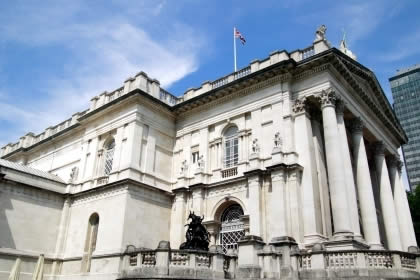New Zealand Wildlife
As New Zealand broke away from the rest of the world long before many other countries, it enjoys a unique and diverse collection of wildlife.
The most recognized New Zealand animal is a brown flightless bird known as the kiwi. This endangered bird is the country’s national animal, and much has been done to preserve those remaining in the wild. As the kiwi is semi-nocturnal, it is rare to see them in their natural habitat. Tourists hoping to spot one of these treasured birds should visit one of the country’s nature parks. One of the most popular is the Willowbank Wildlife Reserve, which offers a “kiwi guarantee.” The park’s kiwis are kept in an open enclosure which looks to replicate the kiwi’s natural environment. Kiwi Birdlife Park in Queenstown also offers a “kiwi guarantee,” with regular public feeding sessions and live conservation shows designed to teach guests about New Zealand’s iconic birds.
While kiwis are forest dwellers, most of New Zealand’s animals are water lovers. Marine mammals, including dolphins and New Zealand fur seals, are often seen along New Zealand’s coastline. Fur seal colonies are commonly spotted on Tonga Island in the Abel Tasman National Park, Kaikoura, and Gillespies Beach in the South Island. They have also begun to breed in the North Island, with Cape Palliser and Castlepoint providing the best seal spotting opportunities. Ensure you are quiet and keep your distance when viewing New Zealand’s seals. While they may look cute, it’s important to remember that they are wild animals.
New Zealand is home to three unique species of penguins. The world’s smallest penguin, the korora or little blue penguin, swims in coastal waters and comes ashore at night. These tiny creatures are often seen around The Marlborough Sounds, Akaroa Harbour, Oamaru, and Stewart Island.
The rare hoiho, or yellow-eyed penguin, is easy to spot with a bright yellow band of feathers sweeping behind its yellow eyes.
These penguins are found on the Otago Peninsula and along the South Otago Coast. While the hoiho, is rare, it’s much more common than the Fiordland crested penguin, one of the most endangered penguin species in the world. If you’re lucky you’ll see them in Fiordland and Stewart Island. The best times to see penguins are early in the morning or in the evening as they return to their nests. If you see New Zealand’s penguins in the wild, make sure you do not approach them or their nests as they may be territorial, particularly during breeding season. While you may stumble across New Zealand’s penguins independently, a few tourist attractions are designed to increase your chances. The Oamaru Blue Penguin Colony monitors blue penguin numbers and helps to preserve these tiny creatures. Daytime and nighttime tours allow visitors to see the penguins and learn more about them. Penguin Place on the Otago Peninsula is home to the Yellow-Eyed Penguin Conservation Reserve. While the centre is most concerned with the preservation of these endangered creatures, it also offers tourist facilities to raise awareness of their plight. Guests can view the notoriously shy penguins and their nests from covered trenches and hides.
Whale watching is a popular New Zealand pursuit, with many tourist boats leaving from the coast each day. Sperm whales are the most commonly seen around New Zealand, but other whale species also enter Kiwi waters. Once regular visitors to the waters of the Cook Strait area, Southern right whales are now occasionally seen there. These magnificent creatures also travel south near New Zealand’s sub-Antarctic islands. The Hauraki Gulf is often visited by minke, Bryde’s, and humpback whales. While whales are occasionally spotted from the shore, the best way to see them is to take a whale watching tour. Companies including Whale Watch in Kaikoura and Whale and Dolphin Watch in Whakatane take visitors out in their boats. While the tour companies cannot guarantee you will see whales on your trip, many offer partial refunds or return visits if you do not.
New Zealand’s zoos give travelers a chance to see more of the country’s unique animals and other creatures from around the world. The native animals you’ll see at most of New Zealand’s zoos include the intelligent kea parrot, the flightless weka, and the ancient tuatara lizard. New Zealand’s zoos focus on conservation, and many are actively involved in breeding programs. Enclosures are typically open and designed to replicate the natural habitats of the animals that live there. Many offer interactive experiences, encouraging guests to feed, stroke, and even hold the animals. Wellington Zoo, Rainbow Springs Kiwi Wildlife Park, and the National Kiwi Centre are some of New Zealand’s most popular zoos.
